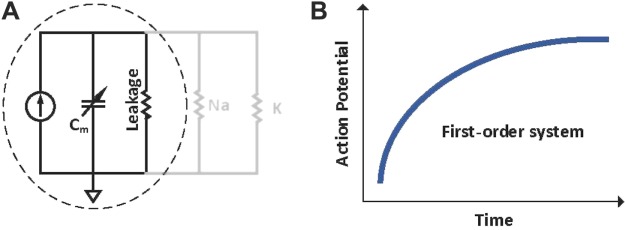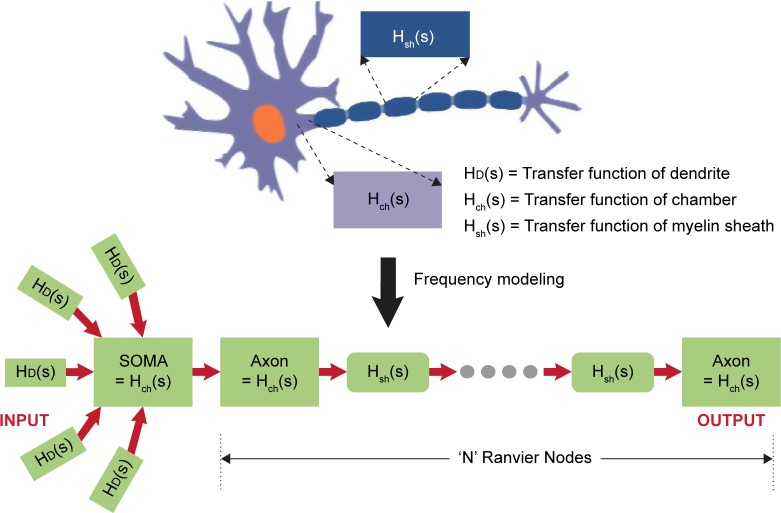A Unified Frequency Domain Model to Study the Effect of Demyelination on Axonal Conduction.
IF 3.1
Q3 ENGINEERING, BIOMEDICAL
Biomedical Engineering and Computational Biology
Pub Date : 2016-04-18
eCollection Date: 2016-01-01
DOI:10.4137/BECB.S38554
引用次数: 5
Abstract
Multiple sclerosis is a disease caused by demyelination of nerve fibers. In order to determine the loss of signal with the percentage of demyelination, we need to develop models that can simulate this effect. Existing time-based models does not provide a method to determine the influences of demyelination based on simulation results. Our goal is to develop a system identification approach to generate a transfer function in the frequency domain. The idea is to create a unified modeling approach for neural action potential propagation along the length of an axon containing number of Nodes of Ranvier (N). A system identification approach has been used to identify a transfer function of the classical Hodgkin-Huxley equations for membrane voltage potential. Using this approach, we model cable properties and signal propagation along the length of the axon with N node myelination. MATLAB/ Simulink platform is used to analyze an N node-myelinated neuronal axon. The ability to transfer function in the frequency domain will help reduce effort and will give a much more realistic feel when compared to the classical time-based approach. Once a transfer function is identified, the conduction as a cascade of each linear time invariant system-based transfer function can be modeled. Using this approach, future studies can model the loss of myelin in various parts of nervous system.



用统一频域模型研究脱髓鞘对轴突传导的影响。
多发性硬化症是由神经纤维脱髓鞘引起的疾病。为了确定信号的损失与脱髓鞘的百分比,我们需要开发可以模拟这种影响的模型。现有的基于时间的模型没有提供一种基于仿真结果来确定脱髓鞘影响的方法。我们的目标是开发一种系统识别方法来在频域生成传递函数。我们的想法是创建一个统一的建模方法,用于神经动作电位沿着包含Ranvier节点数(N)的轴突的长度传播。系统识别方法已用于识别膜电压电位的经典Hodgkin-Huxley方程的传递函数。使用这种方法,我们模拟了电缆特性和信号沿轴突长度与N节点髓鞘形成的传播。利用MATLAB/Simulink平台对N节髓鞘神经元轴突进行分析。在频域中传递函数的能力将有助于减少工作量,并且与经典的基于时间的方法相比,会给人更真实的感觉。一旦一个传递函数被确定,传导作为一个级联的每个线性时不变的系统为基础的传递函数可以建模。利用这种方法,未来的研究可以模拟神经系统不同部位髓磷脂的损失。
本文章由计算机程序翻译,如有差异,请以英文原文为准。
求助全文
约1分钟内获得全文
求助全文
来源期刊

Biomedical Engineering and Computational Biology
ENGINEERING, BIOMEDICAL-
自引率
0.00%
发文量
1
审稿时长
8 weeks
 求助内容:
求助内容: 应助结果提醒方式:
应助结果提醒方式:


